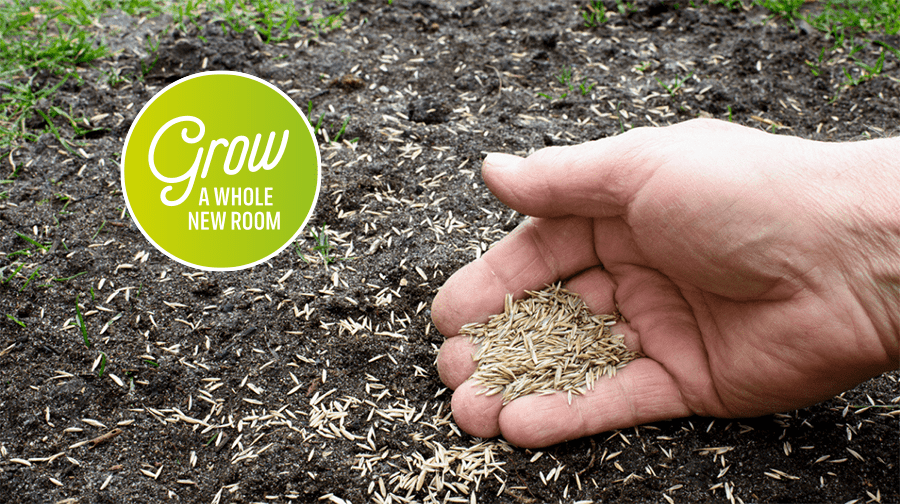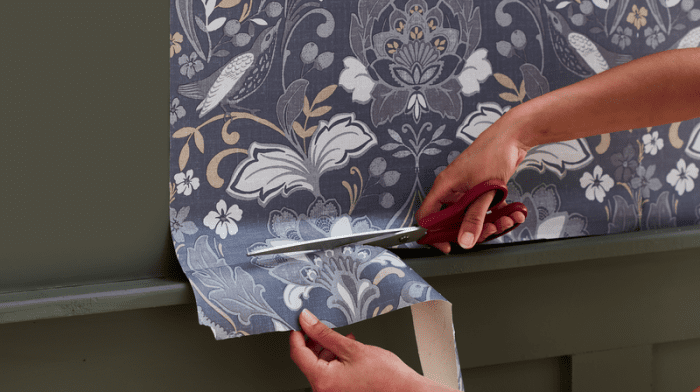If you’re planning to sow grass seed on your lawn, starting from scratch with a new lawn can sometimes be the best option for a bigger garden. So if you find yourself in that situation, you’ll need to buy some fresh turf. For others, filling in bald patches or starting a new area can be more than enough. However, achieving the perfect lawn can take some time – as well as requiring good preparation. So you’ll need to know how to sow grass seed and how to choose the right seed.
If you need to know more about how to fix bald patches in your lawn, check out our ‘How to repair patches in your lawn‘ blog.
Before you begin, it’s important to keep yourself and others safe. Always make sure you follow the instructions on your materials and tools, and wear the appropriate safety gear.









